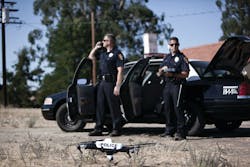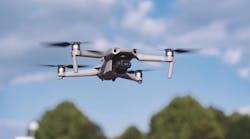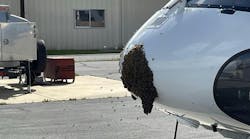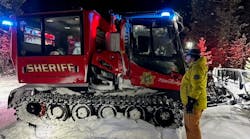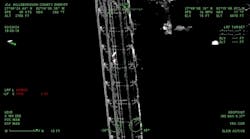AeroVironment has delivered thousands of new and replacement small unmanned aircraft to the U.S. Department of Defense and allied military customers. The Raven, Puma AE and Wasp UAS prove their value on the battlefield on a regular basis by providing their operators with better information to help them make better decisions. These advanced tools are already starting to provide the same benefits closer to home. Whether helping protect the public, monitor wildlife, manage resources or promote science AeroVironment’s family of small UAS give our customers the power to see and respond to the challenges that lie ahead.
Qube is a rugged and reliable small Unmanned Aircraft System (UAS) specifically targeting the needs of first responders. The packaged system fits easily in the trunk of a car, and can be assembled and ready for flight in less than five minutes to provide a rapidly deployable eye in the sky, transmitting live video directly to the operator at a fraction of the cost of manned aircraft.
Small UAS like the Qube system can provide valuable capabilities to a broad range of industries and applications:
- Public Safety – transported in the trunk of a police vehicle, the back of a fire truck or carried in a backpack, small UAS can provide immediate situational awareness to first responders, giving them a birds-eye view of the situation, day or night, to save lives and protect property.
- Wildlife and Environmental Monitoring – already used to monitor sensitive wildlife areas and populations, small UAS are increasingly providing a means of collecting important information in inaccessible areas to facilitate more effective resource management.
- Infrastructure Management – dams, pipelines, offshore oil platforms, microwave transmission towers, power plants and ports are some examples of large, sometimes remote infrastructure that can be accessed easily and safely by small UAS to provide color and thermal video for rapid visual inspection.
- Scientific Research – peering into a volcano is made easier and safer with small UAS, and is just one example of the new ways this technology is helping scientists gain a better understanding of the way the earth and its biosphere operate.
